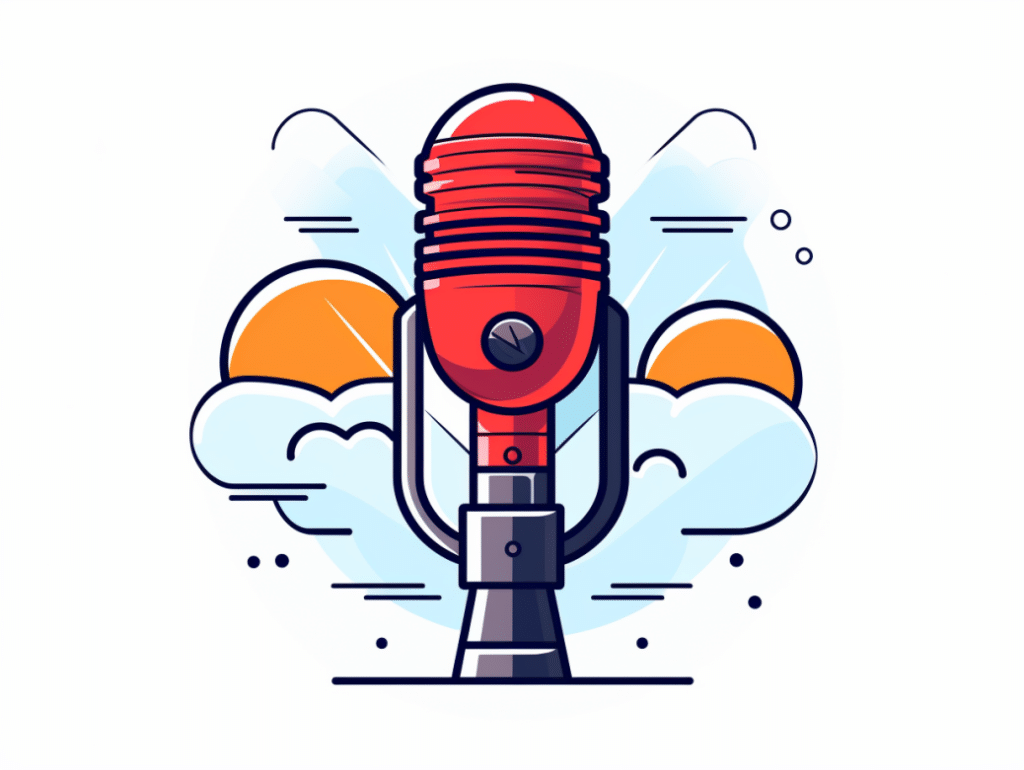Why Worry About Voice and Tone?
It’s 2023…we’ve all had the experience of visiting a website that just wasn’t getting it right. When we’re met with walls of droning text, It’s boring, stressful, and altogether icky. Hopefully, you’ve also had the opposite experience, where a website or product can make you feel welcomed, heard, and seen. It's transformative, right!? These are the products and experiences that we just keep coming back to because it feels good to be there.
What I'm describing is the impact of the effective use of voice and tone in UX writing. Unlike in marketing, where the primary goal is conversion, the objective in UX writing is to enhance product usability. Getting this right can transform the entire user experience of a product.
Take Mailchimp for example. In the already saturated market of email-sending applications, they’ve managed to use their witty voice to set themselves apart from the pack. Not only ingratiating themselves with their customers but also catching the attention of the software giant, Intuit, who ultimately purchased the company for $12 billion dollars in 2021.
Read more about the deal ➡️ Intuit confirms $12B deal to buy Mailchimp

Keep on reading to find out what voice and tone are and how a UX writer can use these tools to build a loyal and loving audience or a product you can sell for $12 billion dollars 🤑.
Proof Positive?
These companies are among the greats when it comes to voice and tone work. If you know and love these companies, now you know at least a part of the reason for those feelings. Read on to figure out how to harness the power of these tools in your own writing.
- Slack: Known for its conversational tone, Slack makes you feel like you're chatting with a buddy.
- Starbucks: Their voice is friendly and helpful, guiding you through the ordering process while throwing in a dash of personality.

What Are Voice and Tone?
Voice is the character of your product. Think of it as the DNA—unchanging and unique. Tone, on the other hand, is like the mood ring of your product. It changes based on the scenario and the user's emotional state.
Quick Comparison
| Voice | Tone |
| Consistent | Variable |
| Reflects brand personality | Adapts to user's mood |
| Sets the relationship with users | Fine-tunes the interaction |
Why Does It Matter?
Voice and tone aren’t just fluff. They're the extension of your brand personality. They set the stage for how you communicate your message and connect with your audience. It's like the difference between sitting through a monotone lecture and having a conversation with a friend. During a lecture it’s tempting to tune out, meaning we miss out on information and the speaker doesn’t get their point across. In a conversation, however, we’re engaged and therefore, more likely to consume the desired content and have a satisfying experience.
The Science Behind It
Ever heard of Dr. Albert Mehrabian’s “7-38-55 rule”? Dr. Mehrabian’s life work is about understanding what creates human being’s perceptions of each other. While the exact numbers are disputed, the essence is that 7% of our impression is based on word choice, 38% is based on the tone and voice, and 55% is comprised of body language.
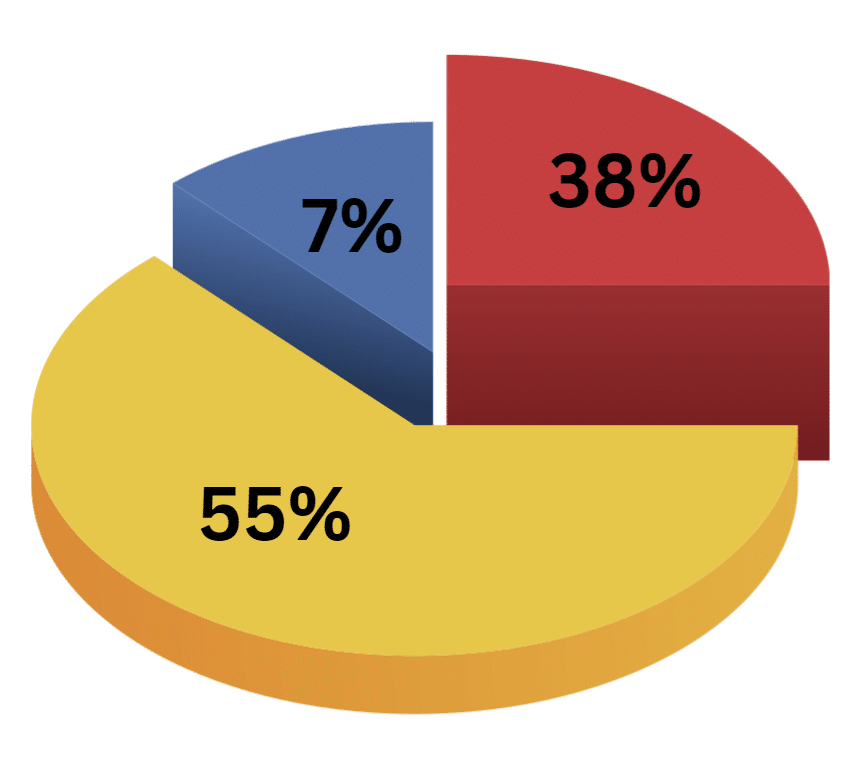
The same holds true in UX writing; the words you use are part of a complete package. In the absence of a speaker’s face to read, we should consider how the layout, colors, fonts, and images we use help us to create an overall impression of our product or app for the user.
Ultimately, choose your words carefully, apply your voice consistently, and match your tone with your user’s emotions. When you get these things right, your users will feel it!
Types of Voice and Tone
To borrow from the work of the infamous Nielsen Norman Group, there are essentially four dimensions to consider when piecing together a product’s voice and tone. By considering these four dimensions, we can be sure to create a voice that is fitting of the product and the topic at hand, while also being able to meet our users with an appropriate tone for the situation they’re in.
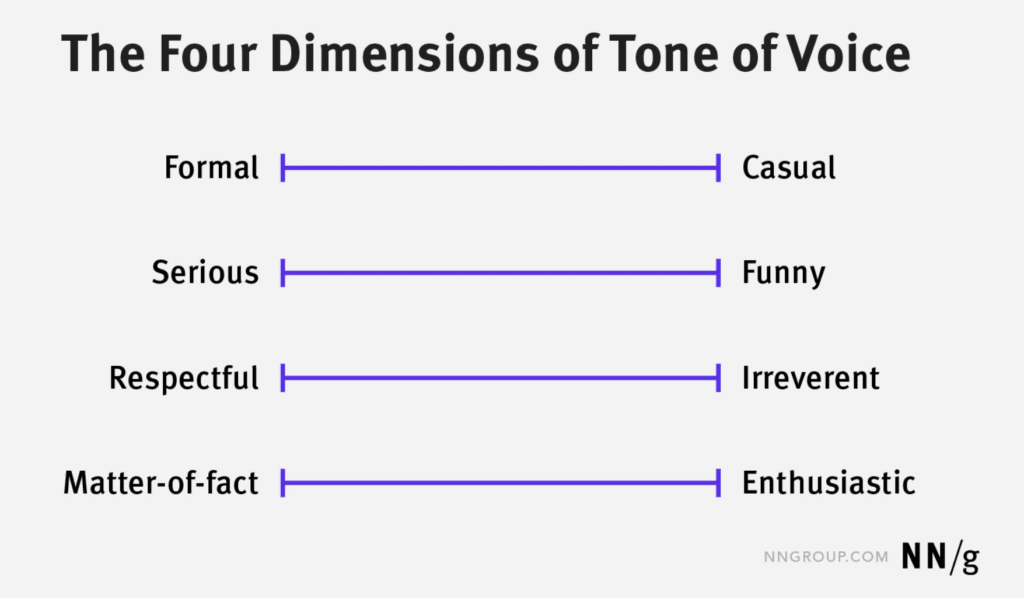
A Suggested Spectrum
Keep in mind that this spectrum and the elements included in it may vary.
- Formality: Casual or Formal
- Humor: Serious or Funny
- Respectfulness: Irreverent or Respectful
- Enthusiasm: Enthusiastic or Matter-of-fact
Creating a Voice and Tone
Voice: Before you jump into writing, you need to define your brand's voice based on your identity and target audience.
If your org has branding documents, take a moment and do some digging (Not sure where to look? The info you’re looking for is probably housed in the content design system. Here’s more about what you can expect to find there https://uxwritinghub.com/content-design-systems/). If there hasn’t been any intentional branding or it hasn’t been documented, see if you can interview a few people in the company (have them complete a “this but not that list”, or a card sort of personality traits).
The goal is to determine what the brand archetype is and how you envision that “person” speaking. Not familiar with brand archetypes? A brand archetype is a symbolic character or personality that a brand embodies. Identifying an archetype for your brand is critical in order to establish a strong and relatable identity in the minds of users.
Side note: The other missing piece here is who you’re writing for. If you haven’t read up on your target audience, familiarize yourself before you start. Being able to picture the person you’re speaking to is another critical element.

Tone: The tone you write in will change throughout the experience.
In order to determine what tone to use, you’ll need to consider the user’s state of mind at each step of the journey.
For example, an error message is not the time to inject humor. We can assume that our users are frustrated or at the very least need some help getting back on track. Just as it would be annoying to have your GPS tell a knock-knock joke when you’re lost, it would be in poor taste to make a joke when our user is “lost.”
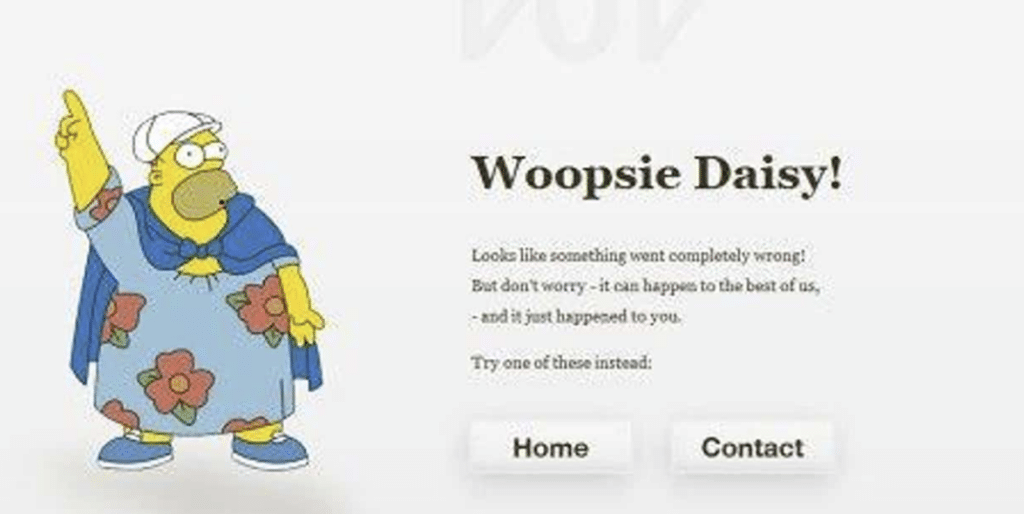
Likewise, a success message is a great opportunity to infuse some humor and personality. Celebrate with your users and capitalize on those moments when you can build a sense of accomplishment and comradery. This will keep your users coming back for more.
When done properly the tone you use will make the user feel seen, respected, cared for, and closer to your product. When done really well…your users will become your brand ambassadors, and that translates to dollars 💲.
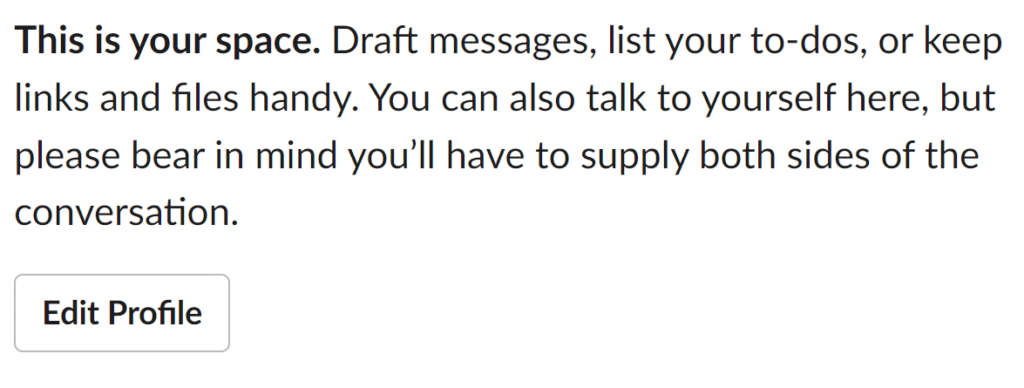
To best achieve this, I recommend mapping out the different possible scenarios where you'll encounter your users with their corresponding state of mind. Once you have a bird's eye view of the types of copy and messages you’ll be writing, you can determine how to combine the 4 dimensions in each scenario.
For example, here’s how a company with a voice similar to Slack might approach the tone of their error messages. While the overall voice tends toward casual humor, in a time of error, users want clear and concise directions, not jokes.

To Put it Simply: Steps to Follow
- Understand your brand identity – Speak with people in your org, read the founding literature, and get to know who your brand is and who it is not.
- Know your target audience – Through user research and conversation mining you can come to understand your users’ pain points, interests, loves, and the words they use when they speak about your topic.
- Map out user scenarios. – Figure out when your users will encounter errors, success messages, need guidance, etc.
- Come up with a plan for your content. Do your research, workshop it, create a voice and tone guide, and share it with everyone in the org who writes for the product!
Let’s Wrap This Up and Put a Bow On It
Voice and tone in UX writing are more than just words on a screen. They're the soul of your product. So, next time you're crafting that perfect copy, remember: it's not just what you say, but how you say it that counts.
References:

